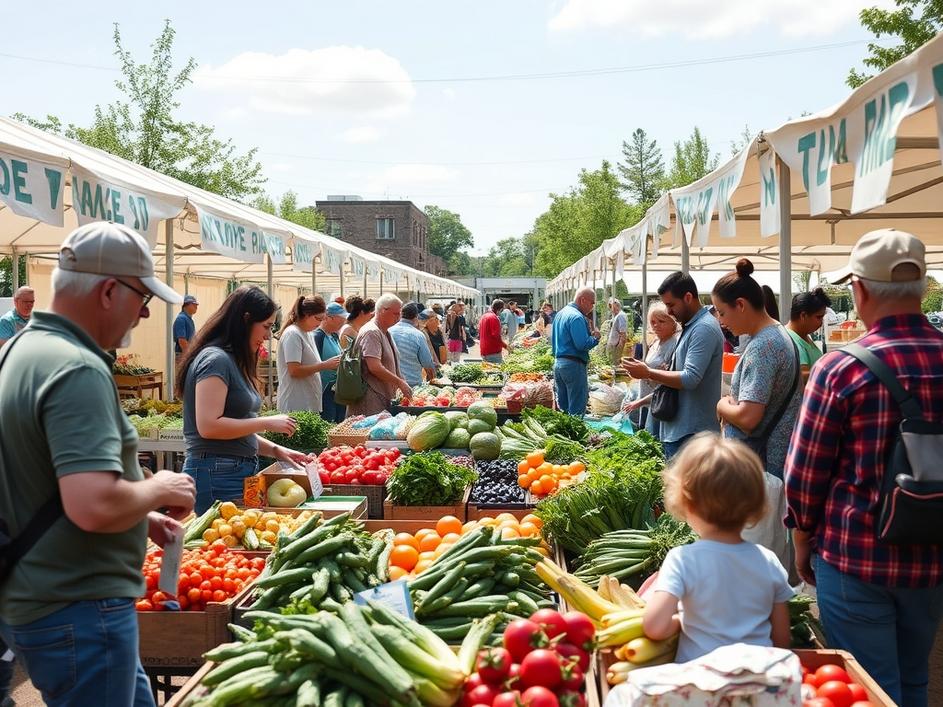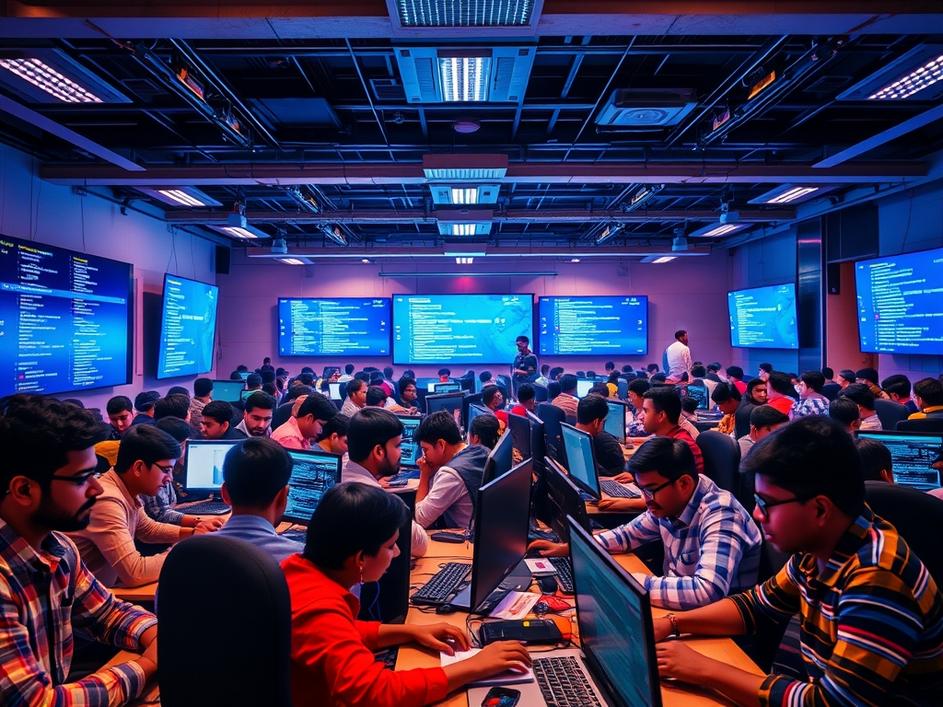


We are a digital agency helping businesses develop immersive, engaging, and user-focused web, app, and software solutions.
2310 Mira Vista Ave
Montrose, CA 91020
2500+ reviews based on client feedback

What's Included?
ToggleIn recent years, we’ve seen a noticeable shift towards local farming in the United States. Communities are increasingly prioritizing fresh, homegrown produce. This trend isn’t just a passing fad; it’s becoming a cornerstone of many towns and cities across the country. As people become more health-conscious, the idea of knowing where our food comes from is gaining traction. Farmers’ markets are popping up more frequently, and more people are considering backyard gardening as a way to supplement their diets.
Several factors are driving this shift. The pandemic highlighted vulnerabilities in our food supply chain, showing how reliant we were on large farms and long-distance transport. When grocery store shelves went empty, many people realized the importance of having a local food source. This realization sparked interest in community-supported agriculture (CSA) programs, where consumers buy shares in a local farm’s harvest, ensuring that they receive fresh produce while supporting local farmers.
Eating local isn’t just good for our health; it’s also better for the environment. When food is grown nearby, it doesn’t have to travel far, which means fewer emissions from transportation. Plus, local farms often use more sustainable practices. Many small-scale farmers focus on organic methods and avoid pesticides, benefiting not just consumer health but also the surrounding ecosystems. This combination of health and environmental benefits makes local farming an attractive option for growing numbers of consumers.
However, it’s not all sunshine and roses. Local farmers face significant challenges such as competition from larger agribusinesses and fluctuating weather conditions. Many small farms struggle to keep up with the high demands of distribution and marketing that bigger companies manage with ease. There’s also the challenge of scale. Some local farmers may find it hard to produce enough food to meet the growing demand, which means they must balance sustainability with profitability.
Looking ahead, the rise of local farming could reshape our food landscape. This trend encourages communities to rally behind their local farmers and economies. As consumers continue to prioritize sustainability and health, local farmers may find new opportunities through cooperation and collaboration, possibly creating more resilient local food systems. The future can be both healthy and sustainable if communities remain committed to supporting local agriculture.



Leave a reply